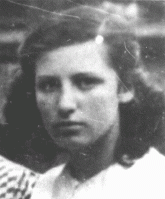
Margot Heumann
Born: February 17, 1928
Hellenthal, Germany
Margot was born to Jewish parents, Karl and Johanna (née Falkenstein) Heumann, in Hellenthal, a German village. Her younger sister Lore was born in 1931. The Heumanns lived above their general store. Margot's paternal grandfather Samuel was a cattle dealer and lived across the street from them. When Margot was still a child, her family moved to the German city of Lippstadt.
1933-39: The family’s life changed significantly in 1933 after the Nazis came to power in Germany. The Nazis began implementing antisemitic policies. Margot was not fully aware of the discrimination, but she noticed her father struggling to find employment. In the late 1930s, Margot and her family moved again, this time to the nearby city of Bielefeld. There, she and Lore attended a public school until they were expelled for being Jewish. They began attending a Jewish school.
1940-44: After World War II began in September 1939, life became increasingly difficult for the Heumanns and other German Jews. Beginning in September 1941, German Jews had to wear a yellow Star of David badge on their clothes, marking them as Jewish. Margot used to cover up her badge to sneak into movie theaters and do other things forbidden to Jews. The following month, the Nazi regime began to carry out the systematic deportation of German Jews.
In June 1943, Margot and her family were deported to the Theresienstadt ghetto. There, they reunited with Margot’s maternal grandmother, Bertha Falkenstein. Margot learned that their grandfather Leo had died in the ghetto. Margot (then aged 15) and Lore (then aged 12) lived in a youth home in the ghetto with other girls. Margot was also forced to work on a farm outside the ghetto. She sometimes smuggled food into the ghetto for her family.
In May 1944, German authorities deported Margot and her family to Auschwitz. At first, they were put in the “Czech family camp” (section BIIb) of Auschwitz-Birkenau. Prisoners in the section had some privileges, such as wearing civilian clothes instead of camp uniforms. But, they still suffered from starvation and lacked proper shelter and sanitation. They also had their prisoner numbers tattooed on their forearms. Margot was assigned camp number A1712.
In summer 1944, during selections conducted by the SS in the family camp, Margot was chosen for forced labor. Her parents and younger sister remained behind. Margot said goodbye to her parents and watched her father cry for the first time. She never saw her parents and sister again.
Margot was sent to do forced labor at a subcamp of Neuengamme concentration camp. She was then transferred to a number of other camps, ending up at Bergen-Belsen. Margot was liberated at Bergen-Belsen concentration camp in April 1945. The Red Cross brought her to Sweden to recuperate. In 1946 she immigrated to the United States, where she married and had two children. In her old age, Margot came out to her family as a lesbian, making her one of the first known Holocaust survivors to do so.

